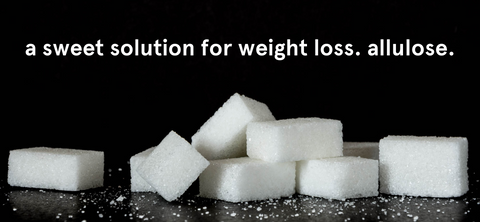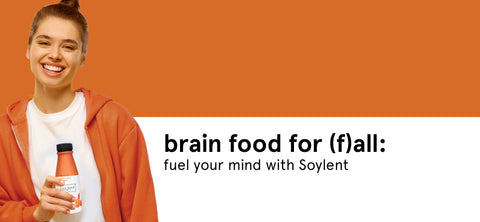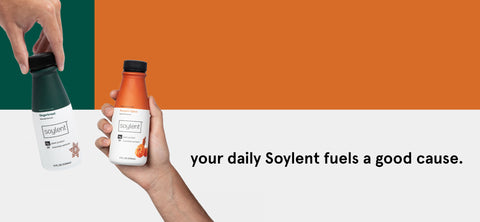
First, leave out the saturated fats.
Saturated fats are mostly found in meat, dairy, eggs, and nuts. These fats are commonly found in the Western Diet.
So, are saturated fats bad for you? Yes.
By consuming a lot of saturated fat and cholesterol, you are at a higher risk for health complications.
Which brings us to healthy fats.
Oleic and Omega fatty acids are an essential part of your diet not only because they are used as energy, but also because they’re needed for hundreds of cellular and molecular functions in.
Omega-3, such as alpha-linolenic acid in our high oleic oil source, is especially important. Because unlike many other fats, the body can’t produce enough of them on its own.
Omega fats vs other fats.
Omega fatty acids are a family of polyunsaturated fats that are essential to healthy bodily function.
Omegas, including omega-3 and omega-6 fatty acids, are built a little differently than other fats. They are polyunsaturated, which means they have multiple double bonds in their chemical structure. Since we can’t produce many of these fats on our own, so we have to consume them. Typically, omegas come from plants or algae.
Benefits of omega-3s.
There are endless benefits of incorporating more omega-3s into your body. Omega fatty acids are associated with improved cardiovascular, brain and liver health.
The Omega-3 you should know.
There are many fatty acids, but ALA is the one you should know (and love).
ALA
ALA is short for Alpha-Linolenic Acid, an omega-3 fatty acid and essential nutrient in our diet.
Leafy greens and nuts contain ALA, but typically not enough needed to meet dietary recommendations, so it’s important to pick foods that supply enough ALA to meet your requirements for omega-3’s.
Soylent is a good source of ALA since it’s found in the high-oleic sunflower canola oils in our products.
ALA is converted to another essential omega-3, DHA, in the body, so it can serve multiple functions
DHA
DHA, or Docosahexaenoic Acid is another long chain omega 3 fatty acid, which your body produces from metabolism of ALA. DHA is known for its effective anti-inflammatory properties. By adding ALA and DHA to your diet, you get some of the best healthy fats around.
What foods have omega-3s?
Most foods have a combination of fats, but these, in particular, boast the highest amount of omega-3 fats.
Canola Oil
Sunflower Oil
Cold water fish
Avocados
Dark, leafy vegetables
Nuts, such as almonds, peanuts, pecans, cashews, and more
How Soylent uses our healthy fats.
Fat is a slow-burning, long-term source of energy that helps keep you satiated for longer. Soylent products contain sustainably-sourced canola and sunflower oils, which provide omega-3s and omega-6s, low saturated fat, and 0g of trans fat per serving.
The fats in Soylent provide essential fatty acids that are healthy and plant based, while creating a more satisfying mouthfeel in our drinks, and keep you feeling full until your next mealtime—plus, they provide 500mg of omega-3s.
What is sunflower oil?
Traditional sunflower oil is derived from sunflower seeds. It has a light taste slightly tinted appearance and holds more vitamin E than any other vegetable oil. Vitamin E is one of the essential nutrients that functions as an antioxidant and is associated with decreasing the risk of heart disease and cancers, as well as bolstering immune function.
Sunflower is one of the most beautiful flowers that produces one of our favorite oils (and snacks). This complex oil is a key ingredient in our meal replacement drinks and shakes but can be misunderstood at times.
What’s the difference between sunflower oil and high oleic sunflower oil used in Soylent?
Sunflower oil is naturally high in polyunsaturated fatty acids, which are great for frying and cooking with but can expire quickly. To remedy this, harvesters have bred a healthier form of this oil that is lower in polyunsaturated fats and higher in oleic acid.
What is oleic acid?
Oleic acid is found in just about every oil that you’ve tried before—vegetable and animal. Oleic oil is a fatty acid that is odorless, colorless and has a bit of a yellowish tint.
This acid is a monounsaturated omega-9 fatty acid. What does this mean? High oleic oil is high in unsaturated fat, low in saturated fat, and has no trans fat. The large amount of monounsaturated fats have been known to lower the bad kind of cholesterol (LDL) without lowering the good kind of cholesterol (HDL). When HDL stays in a good place and LDL lowers, so do the chances of developing heart disease, strokes, and other similar heart complications.
What is high oleic sunflower oil?
High oleic sunflower oil is made from sunflower seeds but is engineered to be high in oleic acid.
This oil is different from others that you might know more commonly. While olive oil and canola oil are naturally high in monounsaturated fats, they are also high in polyunsaturated fats, which makes them expire or turn rancid.
Regular sunflower oil has just about 20% oleic acid in it while high oleic acid has 80% oleic acid—it can last much longer on your shelf, in your desk, or in your car. Olive and canola oil are naturally high in monounsaturated fat, but they are also high in polyunsaturated fats which mean they are not very shelf-stable.







